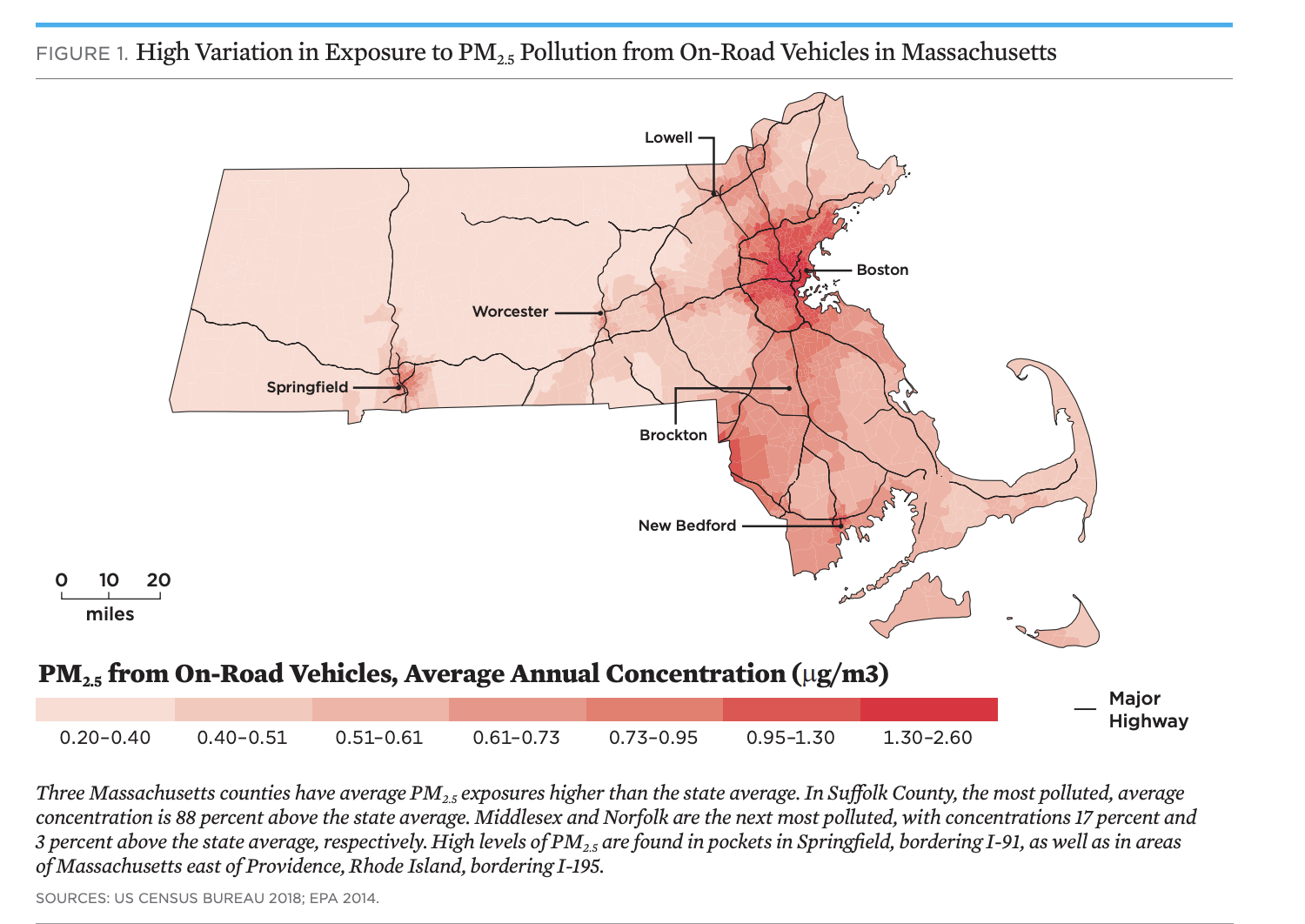The Biden Administration raised concerns in March about a key plank in the European Union’s proposed climate policy: a border carbon adjustment(BCA). BCAsimpose fees on imported goods and rebates on exports to account for differences in carbon tax rates (or carbon prices) between countries. The goal of the adjustments is to prevent “leakage”—a carbon tax in one country from forcing its consumers to shift their purchases to buy products from a country without a carbon tax. Leakage also occurs when companies move production abroad to dodge carbon taxes at homeThe hope is that the EU’s BCA will increase the price of trading partner’s wares enough to incent them to implement tougher climate policies, all while increasing the political support of carbon taxes among manufacturers, labor unions, and industrial regions.
And the BCA approach seems like it could work to reduce emissions. An analysis of various BCA studies found that unilateral climate policies lose 5 to 25 percent of their promised emissions reductions without a BCA. The same study found that a BCA could reduce that leakage by 6 percent. Considering these figures, it is not surprising why the EU is considering a BCA. They already have a price on carbon dioxide through their emissions trading scheme that has been climbing steadily this year and stands above $61 euros per ton of carbon dioxide as I write.
On the other hand, the United States does not have a national carbon tax or emissions trading scheme. U.S. Climate Envoy, John Kerry described BCAs as a “last resort” while emphasizing that countries should pursue other cooperative forms of emissions reduction. He is right that the BCA is no substitute for policies that help companies reduce emissions in the manufacturing process. But his reasoning for opposing Europe’s BCA misses the point. Rather than complain about the EU’s adjustment and treat it like a hostile tariff against American products, the United States should set a comparable carbon tax and BCA of its own and negate the impact of foreign BCAs on our own exports.
The Energy Innovation and Climate Dividend Act, whose dividend I wrote about in a previous blog post, already includes a border adjustment. The Biden Administration is also trying to create a global minimum corporate tax rate to combat tax evasion. Passing a domestic carbon tax and including a BCA would apply the same principle to countries shirking their climate responsibilities. It would extend two basic features of a carbon tax–increasing the price of dirty energy and reversing the subsidies given by governments to fossil fuel industries–beyond isolated domestic markets.





























